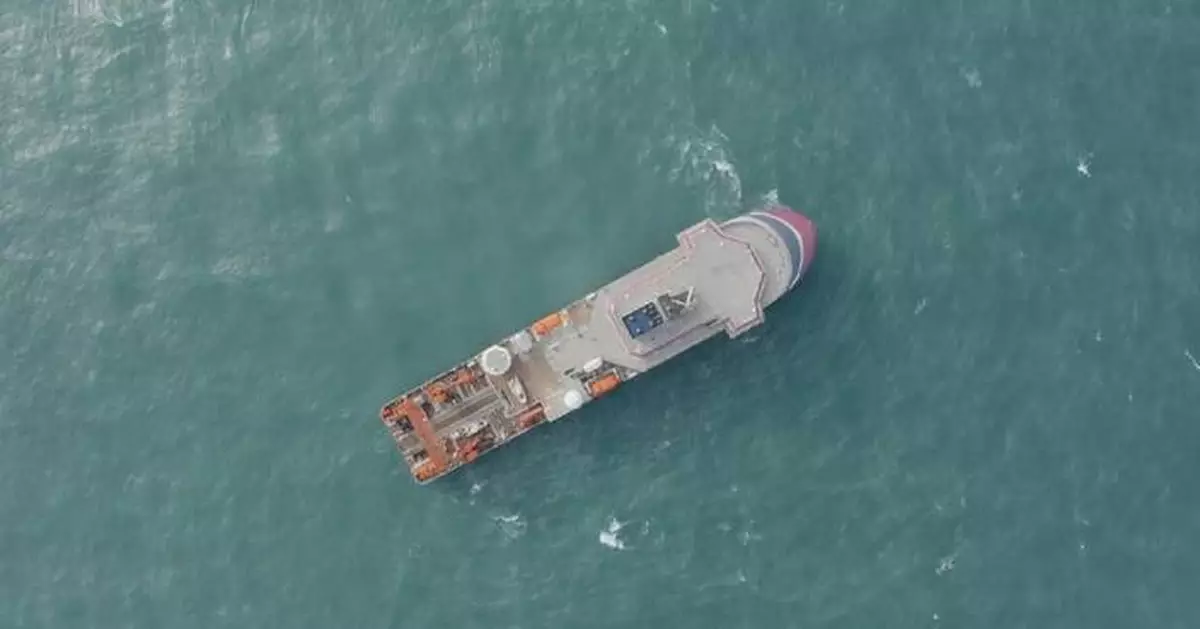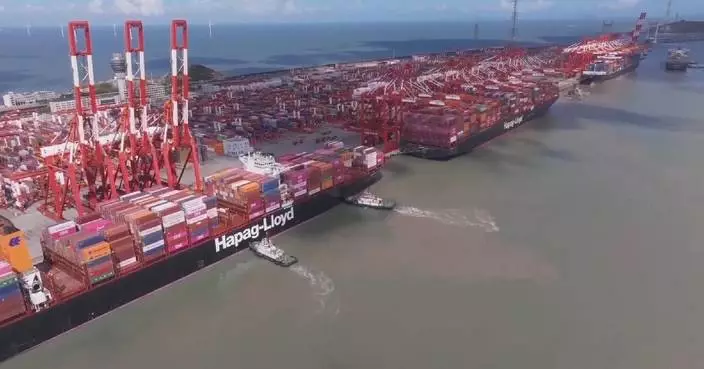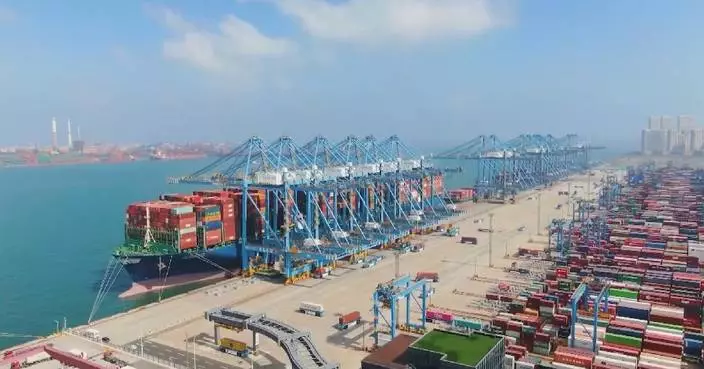China's first deep-sea multi-functional scientific research and archaeological vessel completed its trial voyage and returned to Guangzhou, capital city of south China's Guangdong Province on Saturday, with all trial results up to standard.
During its eight-day trip, the ship completed various tests spanning 30 categories, such as speed measurement, maneuverability, underwater radiated noise, informatization, and intellectualization, with the results all meeting standards and some even exceeding the design objectives.
The vessel "Tansuo-3", independently built by China's prominent shipbuilding company Guangzhou Shipyard International (GSI), reportedly has a number of iconic features, including manned deep-sea diving, deep-sea detection, heavy-duty safety payload capabilities and comprehensive operational support.
Additionally, it boasts a total length of approximately 104 meters, a design displacement of around 10,000 tons, a range of 15,000 nautical miles, and can accommodate up to 80 crew members.
It is China's first comprehensive scientific research vessel able to conduct deep-sea exploration worldwide and support manned deep-sea diving in ice areas.
"During the trial, the vessel encountered the sea state code 5 with the wave height reaching more than four meters. Despite these conditions, it was able to sail at full speed, demonstrating its impressive seakeeping performance. The vessel is also capable of breaking through sea ice up to 1.2 meters thick, plus 0.2 meters of snow. Furthermore, it features a bidirectional function, ensuring its high icebreaking efficiency," said He Guangwei, GSI's deputy chief engineer.
The "Tansuo-3" vessel is equipped with homemade scientific research equipment adapted to the environment of polar regions.
In addition to the scientific research operation stations at the stern and side of the vessel, a large moon pool was also built to serve as the third station to improve the environmental adaptability to high sea state and floating ice operating conditions.
"It can support manned submersibles to carry out sophisticated underwater operations, which is one of the highest technical levels of China's deep-sea scientific research vessels in organizing and implementing comprehensive seabed operations. It has comprehensively improved our country's comprehensive deep-sea survey capabilities," said Tanggu Lashan, chief engineer at the Institute of Deep-sea Science and Engineering under the Chinese Academy of Sciences.
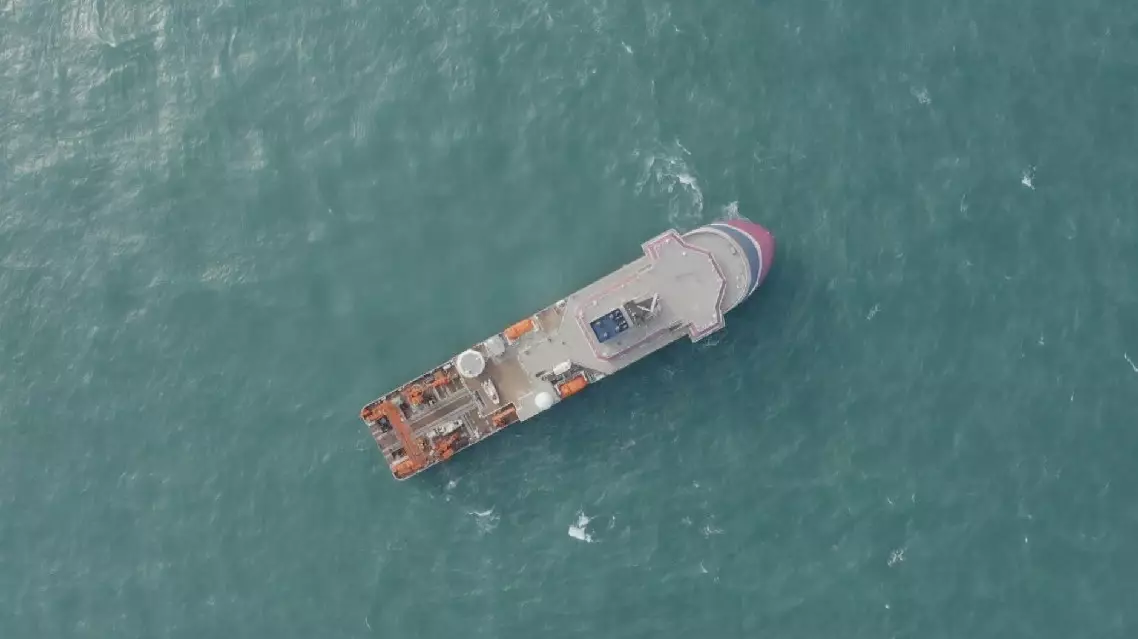
China's first deep-sea multi-functional research vessel completes trial voyage
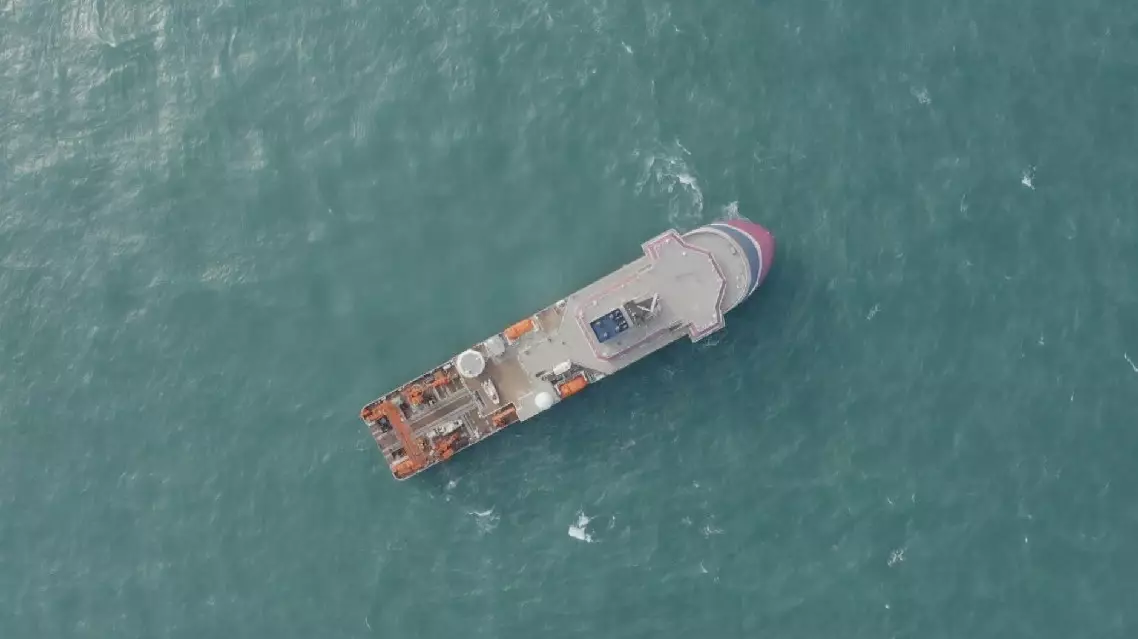
China's first deep-sea multi-functional research vessel completes trial voyage


